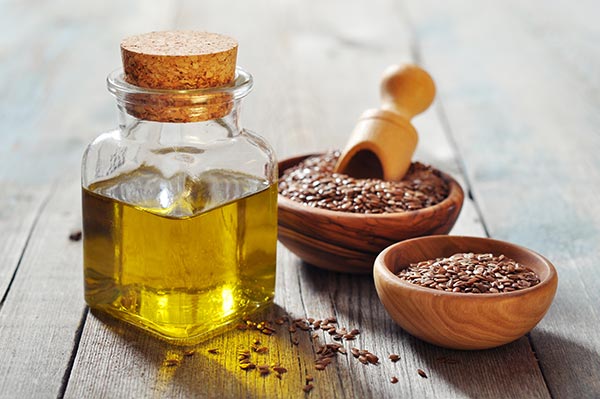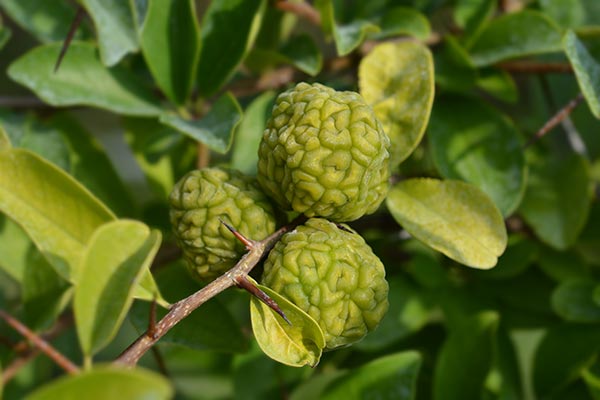Researchers investigate the antibacterial activity of Albizia adianthifolia
02/18/2020 / By Evangelyn Rodriguez

In this study, researchers from Cameroon and Turkey isolated phytochemicals from the root of Albizia adianthifolia and assessed their anti-microbial effects against Gram-negative and multi-drug resistant (MDR) bacteria. Their results were published in the journal BMC Complementary and Alternative Medicine.
- A. adianthifolia is used in Cameroon as a natural medicine for bronchitis and skin diseases.
- In their previous study, the researchers reported the antibacterial properties of its methanol root extracts.
- In the present study, they used chromatography to obtain fractions (AARa and AARb) and subfractions (AARa1–4, AARb1–2 and AARb11–14) from A. adianthifolia root extracts.
- They determined the antibacterial activities of the samples using a modified rapid p-iodonitrotetrazolium chloride (INT) colorimetric assay.
- They also used column chromatography and spectroscopic techniques to isolate phytochemicals from the extracts and determine their chemical structures, respectively.
- The researchers were able to isolate the following:
- Stearic acid
- A 1:1 mixture of stigmasterol and B-sitosterol
- B-sitosterol 3-O-B-D-glucopyranoside
- Palmatin
- Homomangiferin
- Mangiferin
- While AARa showed selective inhibitory effects, AARb and its subfractions (AARb1-2) inhibited the growth of all the bacteria tested.
- B-sitosterol 3-O-B-D-glucopyranoside, mangiferin and the stigmasterol-B-sitosterol mixutre inhibited the growth of 54.54 percent, 27.27 percent and 45.45 percent of the tested bacterial strains, respectively.
- Combined with an efflux pump inhibitor (phenylalanine-arginine-B-naphthylamide), the stigmasterol-B-sitosterol mixture and B-sitosterol 3-O-B-D-glucopyranoside showed stronger inhibitory effects against all the tested bacteria.
- Comparison with antibiotics like erythromycin, streptomycin and tetracycline showed that the stigmasterol-B-sitosterol mixture and B-sitosterol 3-O-B-D-glucopyranoside had the most significant synergistic activity on the seven selected bacteria.
Based on these results, the researchers concluded that the components of A. adianthifolia can be used to treat infections caused by Gram-negative and MDR bacteria.
Read the full study at this link.
Journal Reference:
Tchinda CF, Sonfack G, Simo IK, Çelik I, Voukeng IK, Nganou BK, Bitchagno GTM, Ekti SF, Tene M, Tane P, et al. ANTIBACTERIAL AND ANTIBIOTIC-MODIFYING ACTIVITIES OF FRACTIONS AND COMPOUNDS FROM ALBIZIA ADIANTHIFOLIA AGAINST MDR GRAM-NEGATIVE ENTERIC BACTERIA. BMC Complementary and Alternative Medicine. 06 June 2019;19(1). DOI: 10.1186/s12906-019-2537-1
Tagged Under: alternative medicine, antibacterial, bacterial infections, herbal medicine, multi-drug resistant bacteria, natural antibiotics, natural cures, natural medicine, phytonutrients, remedies, research, superbugs




















